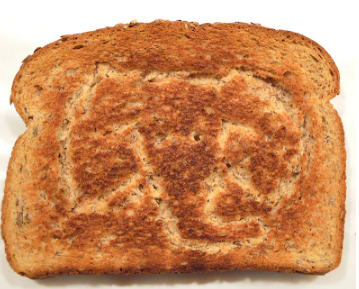 Contributed by Eric McCormack
Contributed by Eric McCormack
Let’s talk TOAST!
TOAST stands for The Oversized-Attribute Storage Technique.
EDB Postgres and PostgreSQL use a fixed page size (commonly 8 KB), and does not allow tuples to span multiple pages. Therefore, it is not possible to store very large field values directly.
When a row is attempted to be stored that exceeds this size, TOAST basically breaks up the data of large columns into smaller "pieces" and stores them into a TOAST table.
Almost every table you create has its own associated (unique) TOAST table, which may or may not ever end up being used, depending on the size of rows you insert. A table with only fixed-width columns like integers may not have an associated toast table.
All of this is transparent to the user and enabled by default.
